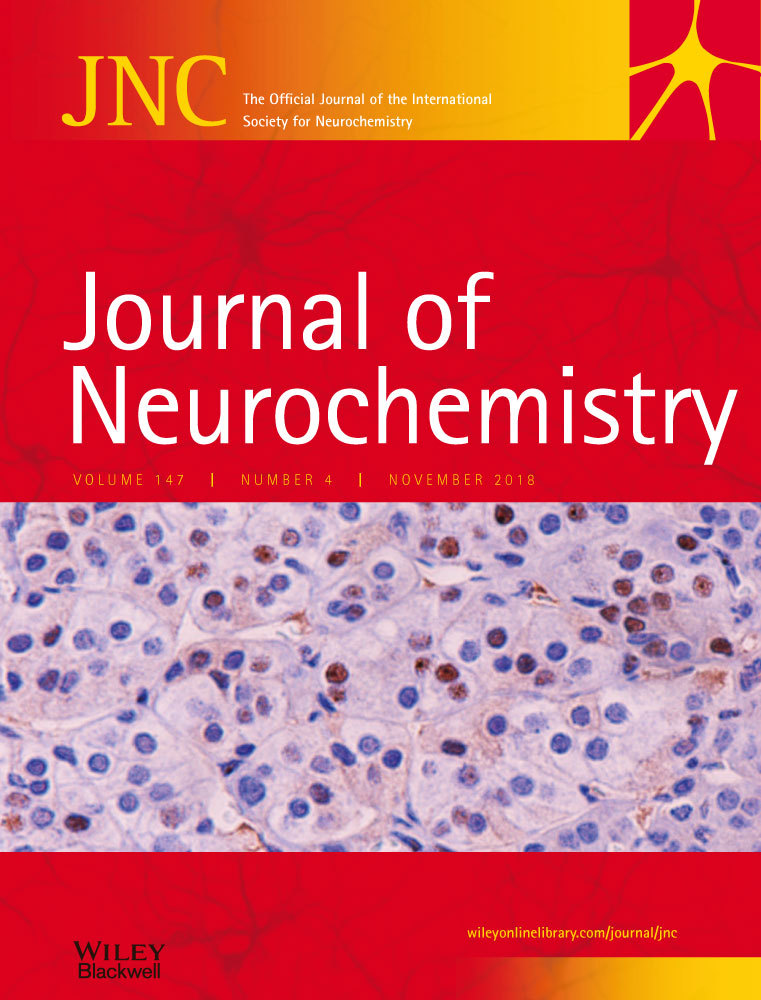 “Marijuana extracts (cannabinoids) have been used for several millennia for pain treatment.
“Marijuana extracts (cannabinoids) have been used for several millennia for pain treatment.
Regarding the site of action, cannabinoids are highly promiscuous molecules, but only two cannabinoid receptors (CB1 and CB2) have been deeply studied and classified.
Thus, therapeutic actions, side effects and pharmacological targets for cannabinoids have been explained based on the pharmacology of cannabinoid CB1/CB2 receptors. However, the accumulation of confusing and sometimes contradictory results suggests the existence of other cannabinoid receptors.
Different orphan proteins (e.g., GPR18, GPR55, GPR119, etc.) have been proposed as putative cannabinoid receptors.
According to their expression, GPR18 and GPR55 could be involved in sensory transmission and pain integration.
This work summarized novel data supporting that, besides cannabinoid CB1 and CB2receptors, GPR18 and GPR55 may be useful for pain treatment.
Conclusion: There is evidence to support an antinociceptive role for GPR18 and GPR55.”
https://www.ncbi.nlm.nih.gov/pubmed/30670965
https://www.frontiersin.org/articles/10.3389/fphar.2018.01496/full



 “In the last decades, a lot of attention has been paid to the compounds present in medicinal Cannabis sativa L., such as Δ9-tetrahydrocannabinol (Δ9-THC) and cannabidiol (CBD), and their effects on inflammation and cancer-related pain.
“In the last decades, a lot of attention has been paid to the compounds present in medicinal Cannabis sativa L., such as Δ9-tetrahydrocannabinol (Δ9-THC) and cannabidiol (CBD), and their effects on inflammation and cancer-related pain.




 “Cannabis is one of the most widely used plant drugs in the world today. In spite of the large number of scientific reports on medical marijuana there still exists much controversy surrounding its use and the potential for abuse due to the undesirable psychotropic effects. However, recent developments in medicinal chemistry of novel non-psychoactive synthetic
“Cannabis is one of the most widely used plant drugs in the world today. In spite of the large number of scientific reports on medical marijuana there still exists much controversy surrounding its use and the potential for abuse due to the undesirable psychotropic effects. However, recent developments in medicinal chemistry of novel non-psychoactive synthetic